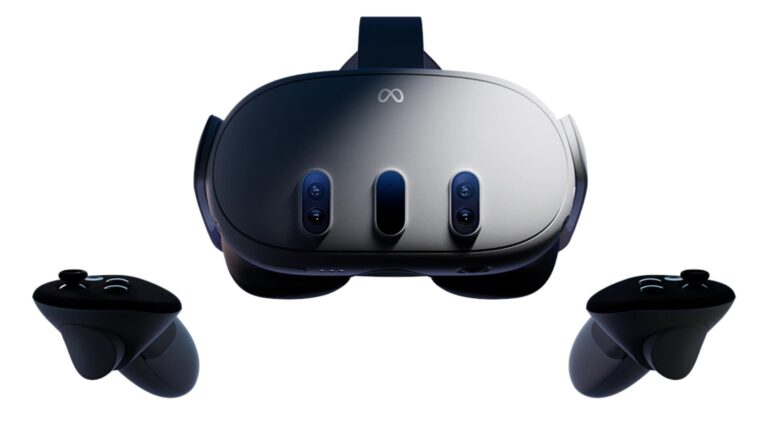
VR traction over the past several years has been slower than many had anticipated. But it’s still finding small wins and is growing at a fairly healthy pace. So the question is how well it’s landing with consumers today, and are those sentiments trending in the right direction?
So we set out for answers. Working closely with Thrive Analytics, ARtillery Intelligence authored questions to be fielded through its established survey engine to more than 50,000 U.S. adults. The result is Wave 9 of the research, and a narrative report we published to unpack the results.
Known as VR Usage & Consumer Attitudes, Wave 9, it follows similar reports over the last few years. Nine waves of research now bring new insights and trend data to light. And all nine waves represent a collective six-digit sum of U.S. adults for robust longitudinal analysis.
Among the topics tackled: How is VR resonating with everyday consumers? How often are they using it? How satisfied are they? What types of experiences do they like most? How much are they willing to pay for it? And for those who aren’t interested in VR… why not?
Market Signals
After the last installment of this series examined VR’s overall penetration and usage frequency, we drill down one level to look at the most popular devices. Meta Quest (all variants) unsurprisingly scored highest at 62 percent of survey respondents, up from 57 percent in Wave 8.
Following Meta Quest, PlayStation VR (including PSVR 2) at a respectable 39 percent of respondents. This will be worth watching as there are several market signals that suggest PSVR 2 isn’t selling well. For example, Beat Saber recently announced its departure from the platform.
Meanwhile, Valve Index has a healthy niche market among gaming enthusiasts, and it saw a small boost in this year’s survey from 14 percent to 15 percent of respondents. This will also be worth watching as the device is due for a version refresh and rumors of Project Deckard loom.
Other notable positioning includes HTC. This includes VIVE variants such as Pro, and XR Elite. We’re bullish on this multi-device play and HTC’s enterprise focus as Meta takes a bigger bite of consumer markets. HTC also recently launched the VIVE Focus Vision.
HTC could also find traction with 3DoF personal entertainment devices (PEDs), such as VIVE Flow. This category was used by 13 percent of survey respondents in Wave 9, offering a simple and widely-relatable value proposition for private large-screen entertainment.
In fact, elsewhere in this survey, that very use case is shown to be the most popular thing to do in VR. Though it doesn’t tap into VR’s full capacity for immersion and 6 DoF positional tracking, it’s what consumers want. This is a lesson in the baby steps needed for behavioral change.
Generations and Variants
Another question related to device popularity is tenure. Now that VR has been readily available in consumer markets for about eight years – with significant price decreases and growing accessibility in the past four years – it’s no longer a new technology to many consumers.
Specifically, the largest group of VR users in this survey (35 percent) has been engaged for 3-4 years. That’s followed by 1-2 years (31 percent) and <1 year (18 percent). Other groupings include 5-6 years (13 percent) and the smallest subset (2 percent) that has used VR for 6+ years.
Unpacking these findings, it’s not surprising that the largest segment has been engaged for 3-4 years. This is aligned with the period of time when VR has seen the biggest declines in price. Specifically, Meta Quest 2 was released in late 2020, followed by several quarters of growth.
With all Quest generations and variants, Meta’s loss-leader pricing made VR increasingly accessible and affordable, while having the intended effect of elevating Meta’s VR market share. This strategy has carried forward to this day – up to and including Quest 3 and Quest 3s.
Lastly, it’s worth underscoring the share of VR users who have been engaged for less than one year. This indicates that user adoption has momentum and is still bringing in new users given that 18 percent of users have adopted in the last year alone. This is a good sign for VR.
We’ll pause there and pick things up in the next installment. Meanwhile check out the full report for more.





